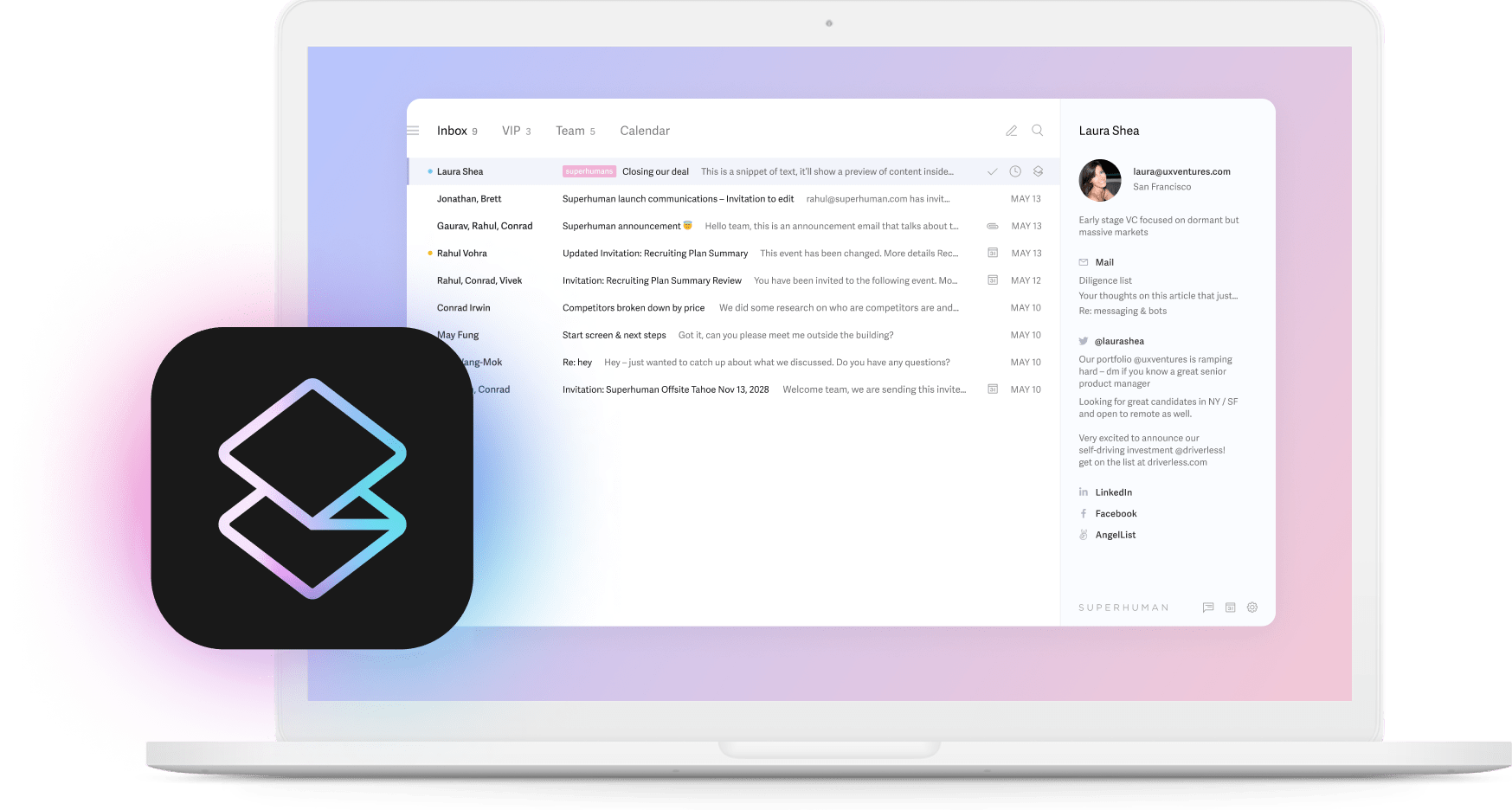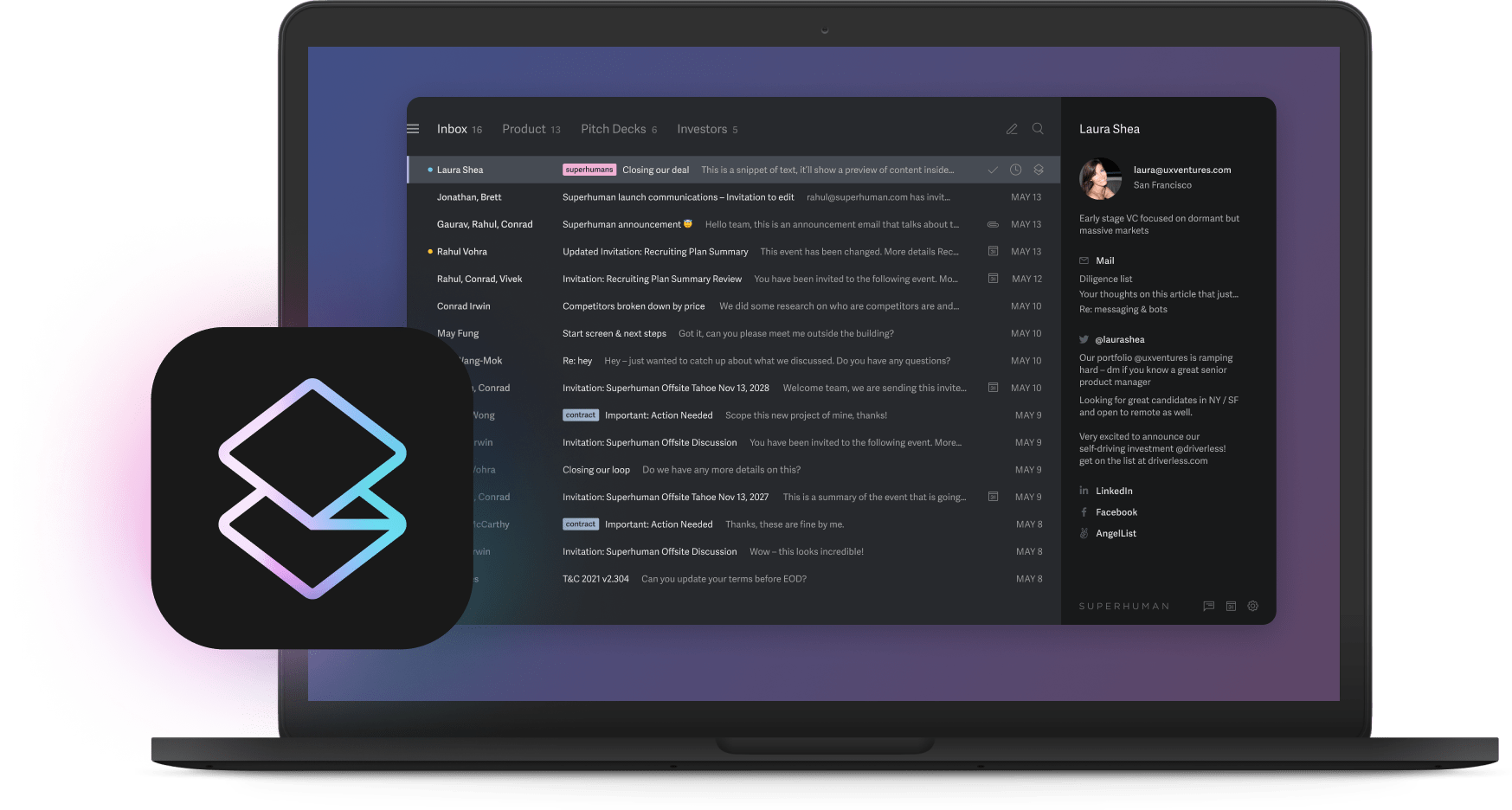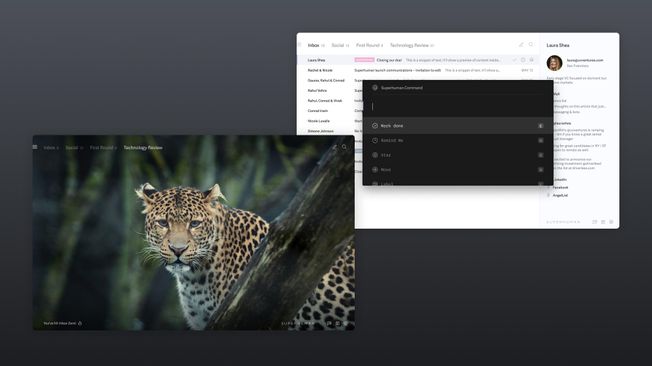
You close a deal, send the contract for review, then watch momentum vanish while emails ping-pong between legal, finance, and procurement.
Those delays stall revenue, frustrate partners, and leave you scrambling. AI-native contract management fixes this by automating reviews, routing approvals instantly, and flagging risks before they snowball.
Early adopters accelerate contract review cycles by as much as 40% by optimizing terms and conditions, standardizing clauses, and flagging non-compliant clauses intelligently.
What is AI-enabled contract management?
AI-enabled contract management refers to the integration of artificial intelligence technologies into contract lifecycle processes to automate analysis, approval workflows, and compliance monitoring.
This approach combines natural language processing, machine learning, and optical character recognition to read contract language, extract key terms, assign risk scores, and route documents through approval chains without manual intervention.
The technology operates across the entire contract lifecycle. Natural language processing reads through pages of legal language and automatically tags parties, values, renewal terms, and critical clauses. Machine learning algorithms analyze historical contract data to identify patterns, predict outcomes, and recommend optimal terms based on past performance.
Workflow automation handles routing and approvals by automatically directing contracts to appropriate stakeholders based on predefined rules around contract value, risk level, and document type. The system maintains real-time visibility into approval status and creates audit trails for compliance purposes.
The core difference from traditional contract management lies in speed. Where manual contract review processes can take weeks and still miss critical issues, AI systems analyze contracts in minutes while maintaining consistent application of company policies and regulatory requirements across all agreements.
How AI-enabled contract management transforms your workflow
Every contract that crosses your desk follows a predictable path, but AI makes that journey faster and safer. The system reads incoming agreements and flags risky clauses while suggesting missing terms automatically. Machine learning analyzes your historical contracts and recommends optimal clauses for each scenario, building on what's closed deals successfully in the past.
The technology handles the tedious work that usually bogs down legal teams. Optical character recognition (OCR) converts decades of paper contracts into searchable text, making your entire contract history available for analytics.
Business rules automatically route agreements to finance, procurement, or leadership based on value and risk scores, which means no more email chases for signatures or wondering where approvals stand.
During creation phases, AI suggests terms that historically closed fastest. Throughout negotiations, live risk scores help you navigate toward balanced positions that protect your interests without killing deals. Once agreements are signed, continuous monitoring tracks renewals and compliance obligations, pushing alerts straight to your inbox before deadlines become emergencies.
The impact shows up immediately in procurement workflows. When a vendor sends a draft agreement, the system instantly routes it to finance, security, and legal based on value and risk scores.
Core AI-enabled contract management capabilities that drive results
The most valuable AI capabilities eliminate tedious work while improving decision-making across your entire contract portfolio. Understanding these core functions helps you see where the biggest time savings and risk reductions come from.
- Intelligent analysis handles the heavy lifting that usually consumes hours of legal time. NLP engines automatically extract parties, values, renewal terms, and compare language to your standards instantly. When payment terms drift from policy or liability caps disappear, the system highlights deviations and assigns risk scores based on similar agreements from your history. Automatic extraction and clause comparison shrink review time from days to minutes.
- Smart discovery transforms years of contracts into a searchable knowledge base that actually works. You can ask "show me every NDA expiring next quarter" and get results in seconds, not hours of manual searching. Semantic search finds concepts even when they're worded differently, so creative phrasing can't hide important obligations or opportunities.
- Performance monitoring gives you live visibility into your entire contract portfolio. Renewal alerts and obligation trackers surface before deadlines become crises. You can see where revenue sits, where costs can drop, and which partners consistently deliver what they promise.
- Collaboration integration eliminates the email shuffle that slows down complex approvals. Instead of forwarding contracts back and forth between departments, everyone works from the same system with real-time updates and clear audit trails. Legal, sales, and finance teams can review agreements simultaneously, making comments and suggestions that everyone can see.
The measurable benefits compound quickly across your organization. Teams eliminate manual data entry and routine redlines, with contract management software slashing administrative costs significantly.
Legal teams skip line-by-line reading and focus on strategic oversight where their expertise matters most. Sales operations can trigger quote-to-contract flows straight from the CRM, maintaining deal momentum.
With Split Inbox, contract-related communications automatically get prioritized, ensuring urgent approvals and time-sensitive negotiations never get buried in regular email flow. Compliance teams cut audit preparation time by 30-50% thanks to automated audit trails that track every change and approval.
How AI-enabled contract management transforms risk and compliance
Beyond speed improvements, AI-powered contract management delivers sophisticated risk protection that traditional systems simply cannot match. The technology provides continuous automated checks that deliver consistent term enforcement across departments, which lowers legal exposure without adding headcount or slowing down deals.
When payment terms start drifting from company policy or liability caps disappear from vendor agreements, the system flags these deviations instantly and routes them to the right decision-makers.
This proactive approach prevents the expensive surprises that derail budgets and damage vendor relationships. Instead of discovering problems months later during renewals or audits, you catch issues while there's still time to address them.
Obligation tracking becomes automatic rather than manual. The system monitors hundreds of contract obligations simultaneously, sending alerts weeks before deadlines hit. This means overlooked penalties, missed service levels, and forgotten renewal deadlines become history. Your team can focus on strategic work instead of chasing down contract details.
Automated escalations surface only the decisions that truly need executive input, which reclaims hours every week from contract triage. Instead of reviewing every agreement that crosses your desk, leaders can focus on high-value deals, unusual terms, and strategic partnerships while routine approvals flow automatically through established workflows.
Compliance shifts from reactive to continuous. AI compares every clause against your policies and regulatory requirements, sending instant alerts when terms drift outside approved boundaries. The same engine tracks regulatory changes and flags agreements that need updates before compliance gaps create legal problems.
AI-enabled contract management implementation strategy
Getting started requires a clear picture of where you stand today. Mapping your current approval paths reveals the bottlenecks that slow down deals most. Counting missed renewals and calculating what delays actually cost builds a solid ROI case for change.
Platform evaluation should focus on four key areas:
- Smooth integration with your current systems, including CRM, email, and document management platforms
- Scalability to handle growing contract volumes without performance degradation
- Strong security features that meet enterprise compliance requirements and protect sensitive contract data
- Simple interface that encourages widespread adoption across legal, sales, and procurement teams
The best implementations happen in three deliberate waves that build confidence while proving value.
Start with high-volume, low-risk agreements like NDAs to prove the workflow and build user confidence. These contracts follow predictable patterns, which makes them perfect for demonstrating how AI can speed up routine work.
Once teams see the time savings and improved accuracy, they become advocates for expanding the system. Auto Summarize helps teams quickly understand complex contract discussion threads that span multiple emails, making it easier to track negotiation progress and decisions without reading through entire conversation histories.
Next, expand to multi-step documents that need input from finance, procurement, and security teams. These agreements showcase how parallel workflows can dramatically reduce cycle times compared to sequential approvals. Teams can see how real-time collaboration tools eliminate the email chains that usually slow down complex deals.
Finally, move your mission-critical partnerships into the system once everything runs smoothly. These high-value agreements benefit most from risk scoring, automated compliance checks, and detailed audit trails that AI provides.
Teams that combine contract AI with communication AI see even bigger gains. Industry-leading companies are 3x more likely to have experienced significant productivity gains from AI, particularly when workflows integrate seamlessly.
When contract workflows integrate with email systems, approvals flow through the same interface where teams handle daily communications, which reduces context switching and maintains momentum throughout complex negotiations.
The future of AI-enabled contract management
Contract management technology continues evolving from static repositories to predictive engines that anticipate risk, suggest winning terms, and execute obligations automatically. Several emerging capabilities will reshape how teams handle agreements:
- Predictive analytics will scan historical performance and forecast renewal success, pricing pressure, or dispute risk in real time, giving negotiators better information before they sit down at the table
- Intelligent negotiation support will surface counter-party preferences and recommend clauses that close deals faster based on similar successful negotiations, reducing time spent guessing what terms the other side will accept
- Sector-trained AI models will understand the nuance of healthcare, finance, or technology agreements right out of the box, reducing setup time and improving accuracy for industry-specific requirements
The most productive teams will be those that combine contract AI with email AI for seamless workflows, where approvals move through the same systems where teams handle daily communications.
Get started with AI-enabled contract management
Companies that have adopted these systems move from stalled approvals to rapid signatures in days instead of weeks. Begin with your highest-volume agreements to prove quick wins and build team confidence. Experience what happens when contracts become accelerators instead of obstacles.
Start by optimizing the communication layer where contract approvals happen. Superhuman helps teams save 4 hours every week, respond 12 hours faster, and handle twice as many emails in the same time. Start your free trial of Superhuman →





